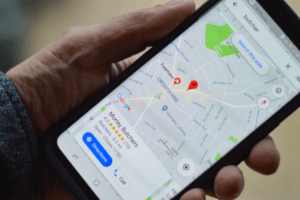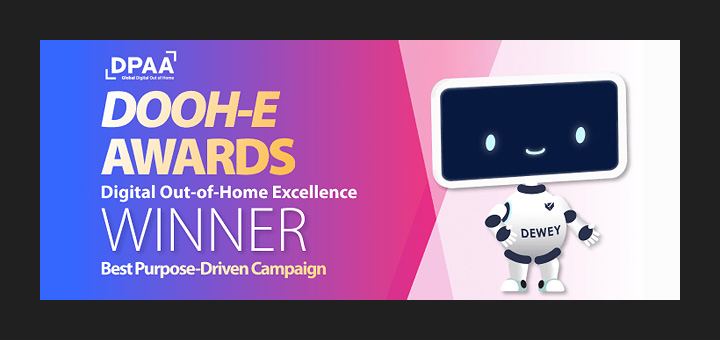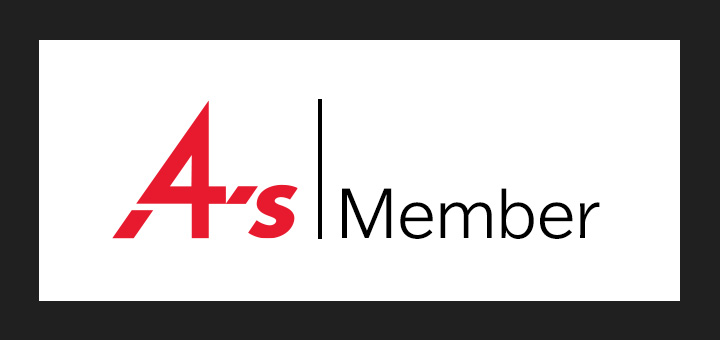Location data is enabling marketers to think local and connect to consumers one neighbourhood at a time. And when you consider the always-on nature of our mobile devices, we can connect with consumers where it matters. With location data, marketers are able to develop and execute a full marketing cycle – from understanding consumer buying practices within a specific region to personalizing messaging for each consumer. When the right measures are applied to ensure the highest quality and accuracy of this data, marketers stand to gain a significant depth and breadth of consumer understanding.
So, what exactly is location data?
Location data allows us to identify the geographical location of a particular device. We can then begin to determine the value of this location as we draw on insights and behaviour from like-minded audiences within a particular location. Marketers, especially post-COVID, will need to maximize every marketing dollar that they’ve set aside to connect with their customers when we’re all back to normal. With new tools and technology and lots of data available to discern, speaking to the right customer at the right time will be the most appropriate approach.
The Novus Approach
We at Novus are focused on locally driven campaigns and generating better results because measuring real success of a campaign really depends on concrete metrics like foot or website traffic instead of traditional ones. We work closely with our partners and their sales data to drive return one store at time and then use that information to further optimize our approach to ultimately drive better performance. Our geo-spatial planning framework, Novus GPS, and GIS analysts allow us to truly understand the value of a geography and its makeup to build the appropriate plan from the ground up irrespective of media channel. We score neighbourhoods using various data sets both 1st and 3rd party to ensure we’re driving results for clients.
Using location data to purchase Digital OOH through an automated platform gives advertisers the flexibility and targetability to meet consumers’ interests at the right moment. With Digital OOH’s flexibility and measurability, we’re able to prove incremental reach and tremendous lift by moving national budgets to a more focused localized plan and we’re seeing results for clients. More importantly, OOH also complements the printed flyer (a lot of what we do for our large retail partners across North America) as it helps reiterate and reinforce messaging and acts as a call to action for consumers right at their doorstep with products available for them at their local store. From reading a paper in the morning, to seeing an OOH ad on your way to work, we’ve got your neighbourhood covered at such a surgical level with the advancements in technology platforms and available data.
To give you an idea of how this works, Novus has worked with a large home retailer in the US, allocating 10% of their national budget and focused on local analysis and media selection in p-DOOH. We watched it drive +11% reach at store level with a 237% lift in store traffic just by focusing efforts on geography versus national planning.
Chameleon Digital Media is another prime example of location data at its best. Their Mobile Polygon Technology is a unique product on the market that allows them to monitor device locations while users are within a specific geolocation or have seen a specific ad. As traffic patterns have been altered significantly in the coronavirus pandemic, Chameleon has provided solutions to encourage social distancing in this crucial time. By using location data, Chameleon has and will continue to monitor foot traffic in previously populated areas. This allows them to deliver social distancing messages to users whose devices indicate that they have not been practicing quarantine measures – an innovative and effective way of flattening the curve at this point in time.
Potential Challenges
As location data becomes a staple in the advertising world, marketers will need to give more thought to the vendors they partner with to ensure they are using quality data. Partners will need to explore how they can work in tandem with marketers to take a more holistic approach to understanding consumers’ buying behaviors. These partners will need to understand location data’s place in marketing plans and how to bridge the gap between consumers’ online and offline activity.
On the flip side of location data’s increasing popularity, there are several challenges that players in the space need to learn how to navigate. The death of the cookie is nigh, and location data is poised to take its place. However, to avoid challenges associated with breaches in privacy and transparency, marketers will have to work closely with partners that are compliant with GDPR and the CCPA.
The Future of Marketing
Thinking nationally and acting locally from the ground up using data is the focus. As we begin to tap into this data we will have to address the pitfalls – privacy-related and those stemming from increased regulation – while understanding targeted audiences at scale to drive growth and sales. At Novus, we’re ready for the future today.






